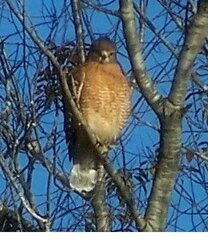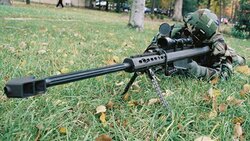- Nov 21, 2005
- 827
I figured this is for the green room because it may save a birds life.
I have an annoying woodpecker who's taken to chipping away under an eave of my house, repeatedly. How do I get rid of the offending bastard. I intended to use some birdshot but there's a family involved. He seems to be using my house to impress the Mrs. that's getting all googly-eyed at him destroying my house as she watches him from a nearby branch.
Any ideas people have tried that worked? The place is under an eave.
I have an annoying woodpecker who's taken to chipping away under an eave of my house, repeatedly. How do I get rid of the offending bastard. I intended to use some birdshot but there's a family involved. He seems to be using my house to impress the Mrs. that's getting all googly-eyed at him destroying my house as she watches him from a nearby branch.
Any ideas people have tried that worked? The place is under an eave.




